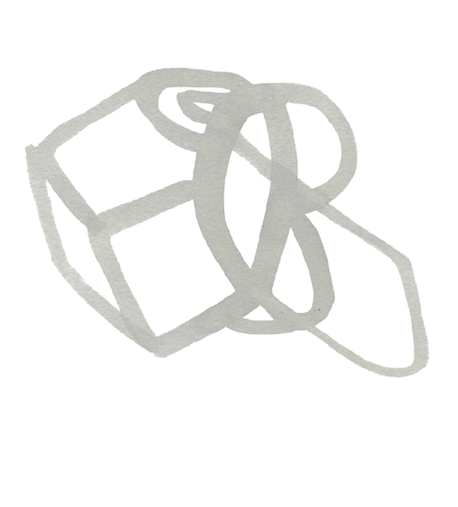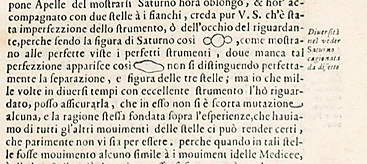|
Hannah, why prayer? When I share about one of the prayer books, this is one of the questions that comes up. Why did I write these books in the first place? Prayer was not a regular part of my life growing up, and nobody really modeled it for me. I was raised in an Episcopal church, the Easter and Christmas kind of attendance, where it was more social and obligatory than in any way personal. Church was a place where my mother got support and childcare when she was single, working, and struggling. Church was a place where I remember the toys in the daycare area and the beef broth scalding my tongue after the service. There were a couple of nice prayers, but the repetition en masse felt like I was in an army or something, and I was proving my allegiance for my peers, not in any kind of personal or conscious contact with anything. I came across a more practical form of prayer from several close mentors I had in my twenties and thirties. I learned about things like a prayer for fear and a prayer for when you're pissed off at someone. I also learned there about laying off the whole 'what is God' type of conversation, as less important than actually being in some kind of constructive action, when the alternative is more suffering, conflict and resentment. The prayer books I've written do not use a word like 'god,' which I see as the ultimate placeholder word, and instead use a form that is abstract, in other words, it doesn't look like anything specific, and that changes on every page and is part of the sentence. * Why did you use a symbol instead of the word 'god' in your books? I did this because I actually don't know what it is that I'm praying to. I have no idea. I used to have lots and lots of ideas, studying religion and art at Brown University, but I had no experience of prayer, connecting, or feeling connected to speak of. Just a lot of thoughts and ideas about me and my beliefs. That didn't help in any way. Prayer itself has been incredibly helpful once I got desperate enough to actually use it. Prayer for me is a kind of gesture that you make. It's a kind of connecting, like when the Buddha touched the earth when Mara was getting all up in his grill, or when a dog comes up for a stroke on the muzzle. It's an act of going into relationship. The weird part is, you can, in my experience only learn what you are going into relationship with by trying it out and seeing what happens. Testing the hypothesis in other words. The issue that I find with religious forms of authority is that they describe something ineffable and then we're dealing with third hand information, and no personal experience whatever. Why do you use the form of relationship like in a me and you kind of way, if you don't know what you are praying to? If I may be praying to Gravity, or the Universe, why am I using interpersonal language? I use this language because it's how I as a human being am wired. I am wired for relationship. For a me and you kind of equation. So the you in this equation becomes anything and everything, when instead of a word it becomes an abstract form. Why is there a picture instead of a word in your book of prayer? How did that idea come about? I am an visual artist and also have a background in design. At one point I took Edward Tufte's course on the design of visual information and I learned about Galileo and the way he notated his observations of planets and their travel through the night sky. He used small pictograms or of planets right in a sentence, like symbols in a math equation, instead of a name for it. This really stuck with me. (The image above is a screenshot from Edward Tufte's website). This is what inspired the use of an image in each prayer, rather than a blank or a word. Also, it was the only way I would ever write a book of prayer, because I strongly feel that every one of us has our own conception of whatever the shared ‘god’ is, even if we all belong to the same spiritual or religious or yogic organization. There is literally no way we all have the same feeling, image, or idea, even if the culture is extremely specific about the details. Everyone is doing some kind of translation process whenever language is used, to make sense of and meaning out of what is shared, just like you are doing while reading here. That I feel is no different for shared spiritual, philosophic or religious beliefs and ideas.
0 Comments
Leave a Reply. |
ALIVEUPCOMING AND RECENT
FIELD GUIDE TO AMBIGUITY is here! Arrived Jan 31 NOW--ISH A solo exhibition Opening June 7—Sept 6 2024, Saugatuck Center for the Arts, Saugatuck MI. FREE SESSION WITH HANNAH!If you feel overwhelmed, confused or just plain excited by what's afoot in your life, and would like some excellent clarifying space and tools, try a session with Hannah! She's been a coach for 15 years. First 30 minutes is just to see what it's like...
AuthorHannah Burr is a contemporary artist and author. Originally from Boston, she lives in Ann Arbor MI. Archives
November 2023
Categories
All
|


 RSS Feed
RSS Feed